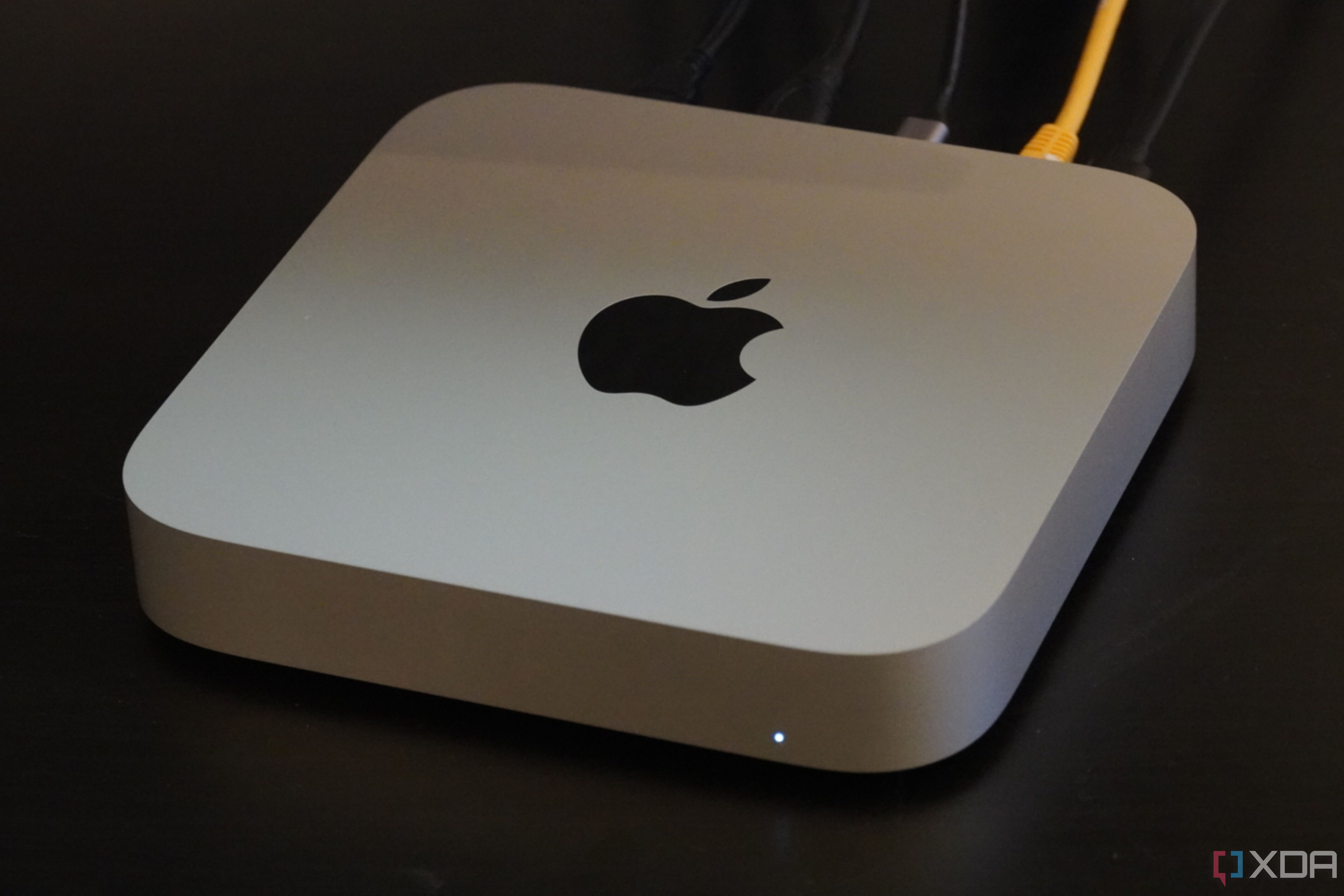- cross-posted to:
- apple_enthusiast@lemmy.world
- hardware@lemmit.online
- cross-posted to:
- apple_enthusiast@lemmy.world
- hardware@lemmit.online
There were a number of exciting announcements from Apple at WWDC 2024, from macOS Sequoia to Apple Intelligence. However, a subtle addition to Xcode 16 — the development environment for Apple platforms, like iOS and macOS — is a feature called Predictive Code Completion. Unfortunately, if you bought into Apple’s claim that 8GB of unified memory was enough for base-model Apple silicon Macs, you won’t be able to use it. There’s a memory requirement for Predictive Code Completion in Xcode 16, and it’s the closest thing we’ll get from Apple to an admission that 8GB of memory isn’t really enough for a new Mac in 2024.



I don’t think anyone anywhere is claiming 8GB RAM is enough for software and AI development. Pretty sure we’re talking about consumer-grade hardware here. And low-end at that.
My main development machine has 8 GB, for what it’s worth. And most of the software in use nowadays was developped when 8GB was a lot of RAM
This. My Mac has 16GB but I use half of it with a Linux virtual machine, since I use my Mac to write Linux (server) software.
I don’t need to do that - I could totally run that software directly on my Mac, but I like having a dev environment where I can just delete it all and start over without affecting my main OS. I could totally work effectively with 8GB. Also I don’t need to give the Linux VM less memory, all my production servers have way less than that. But I don’t need to - because 8GB for the host is more than enough.
Obviously it depends what software you’re running, but editing text, compiling code, and browsing the web… it doesn’t use that much. And the AI code completion system I use needs terabytes of RAM. Hard to believe Apple’s one that runs locally will be anywhere near as good.
The lede by OP here contains this:
So either RecluseRamble meant that development with a feature like predictive code completion would work on 8 GB of RAM if you were using Linux or his comparison was shit.
That’s absolutely what I’m saying. Apple is just holding back that feature for upselling (as always) and because it’s hardly possible to debloat macOS.
Okay good, thanks for confirming. I remember Kate feeling very nice to use during my studies, more responsive than VS Code or Eclipse. But I also had 16Gigabytes of RAM, so I couldn’t be sure.
I do. GCC doesn’t need much. Vim/emacs work fine with 128 MB of RAM. With 1 GB you can run KDE and QtCreator instead of vim.
Macbook Pros aren’t really consumer grade hardware. Nor are they priced like consumer grade hardware.
Apple products in general aren’t.
That’s not true at all. Macbook Air starts at $900. You can even find a used M1 Air for cheaper. Absolutely was a steal compared to the budget thin laptops from Asus, Acer, etc. which start around $700. Once you go below $700 in laptop market, corners are cut. Perhaps Mediatek WiFi chips are used, laptop isn’t thin, touchpad is awful, screen colors are worse. Apple usually puts iPad + keyboard in that market segment instead.
Tl; dr: Apple products are more expensive than budget electronics but priced comparatively to items that compete with it. However, electronic prices in the high end tier are getting hirer.
So it’s more expensive than the competitors which also have real budget options at easily half the price but then “corners are cut”.
You know, I won’t even argue about the quality of Apple products - they are top tier. But calling the pricing “a steal” is just dishonest.
They have consistently been averaging at 150-200% the price of comparable hardware at least since the 90s. While there may be examples like yours where the gap is smaller, there are plenty of outrageous examples like the infamous monitor stand or some ridiculously priced chargers.
You are right about the accessories, horribly overpriced.
I used to fix laptops for a living. I worked at a place where we had used Apple products and stuff from other brands. Sure, you could buy a core i5 Toshiba laptop that had a similar Intel CPU (though Apple tended to use Intel chips with slightly more GPU performance) at a fraction of the price. The screen was garbage, the WiFi stalled, the touchpad was unusable, using the keyboard made the chassis flex, etc. The comparable products from Lenovo, Samsung, HP were similarly priced.
You can find some laptops with decent Intel or AMD chips for $600 these days. Usually they will be plastic or bricks. Which is fine of you don’t mind that. People want thinner products and that calls for a better design to (1) handle the heat or (2) buy the better binned CPU that operates better at lower frequencies.
Not only that but people were willing to buy the used Macbooks. Much better than the other brands where the plastic and PCBs were sent for recycling MUCH more often. Better for the environment.
They are even below that.